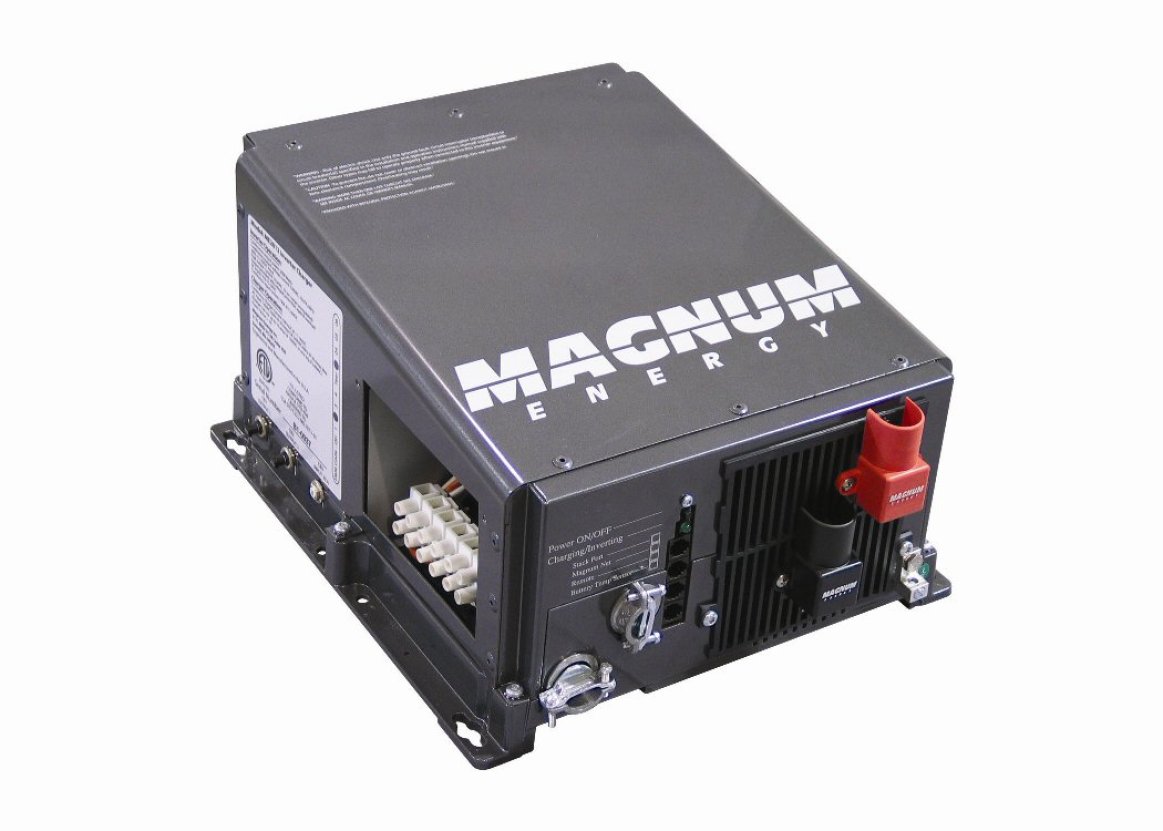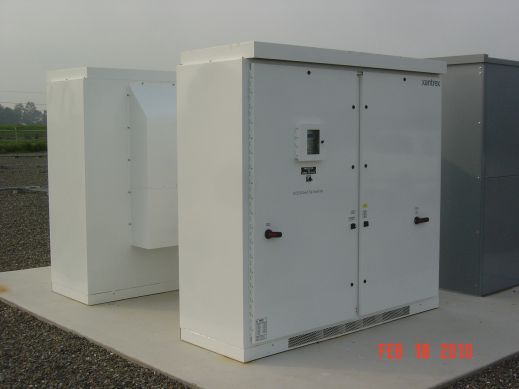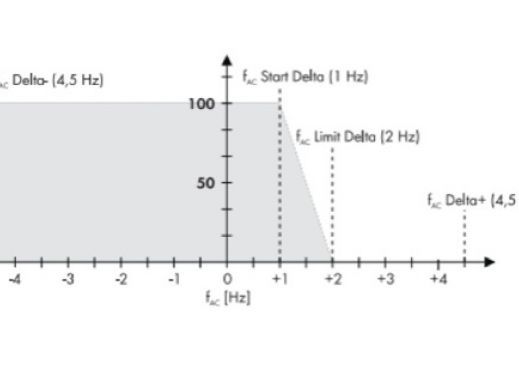

Inverters: Sine Wave or Modified Sine Wave?
There are two basic topologies used when considering inverters: true sine wave and modified sine wave. You probably have run across them both while trying to decide which is the right one for your project. If you are not sure which to choose or why, read on to learn more about each.
AC (alternating current) is current that reverses direction at a specific frequency. That’s 60 Hertz, which means that the current will cycle 60 times per second. That will be 50 cycles for those of you in Europe and many of our friends in South America. So keep that in mind when you pick out the inverter to look for one that has a frequency to match your grid.
So what does that mean for an inverter? Simply put, an inverter is a device that converts DC power to AC power through a switching operation. By means of this process the inverter produces a form of AC current. The type of current is determined by the topology of the inverter itself. The two types of waveforms called either "modified sine wave" or "true sine wave".

As the name suggests, modified sine wave is not really a true sine wave at all. It is simply a stepped wave, like the image shown above. The wave is not as smooth as a pure sine wave. Though this may suggest that a modified sine wave inverter is not as good as a true sine wave inverter may be, it is not the case. They are able to save energy when only running a few small loads by narrowing their waveform. To top it off they may also cost half the price of sine wave inverter. This does not mean that a modified sine inverter does not have some disadvantages to pure sine inverters. The disadvantages of modified sine inverters are noise distortions that occur in certain radio/audio equipment, televisions, florescent lighting, and transformers. This can be in the form of a buzzing or visual distortion in some televisions. Also, for inductive loads (microwaves) or variable speed motors (drills, blender) a pure sine wave is necessary. Some electric motors and transformers draw more current and run hotter. However, they are a great choice for use in an RV or boat and are commonly used in these applications.

True sine wave inverters produce a sine wave like the one in the image below. This type of inverter would be more suited to running motors, pumps and equipment that would otherwise be too sensitive to accepting the modified sine wave. Since the noise distortion can be a nuisance if not a deterrent for some users, a pure sine wave inverter would be the best choice. That is not to say you cannot use both in the right application. For example, you may opt to use a larger modified sine inverter for most loads and have a smaller pure sine wave inverter for things such as laptops, cell phone or other gadgets.



